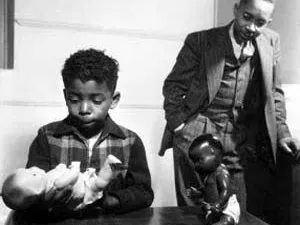Brown v. Board and the 14th Amendment Curriculum
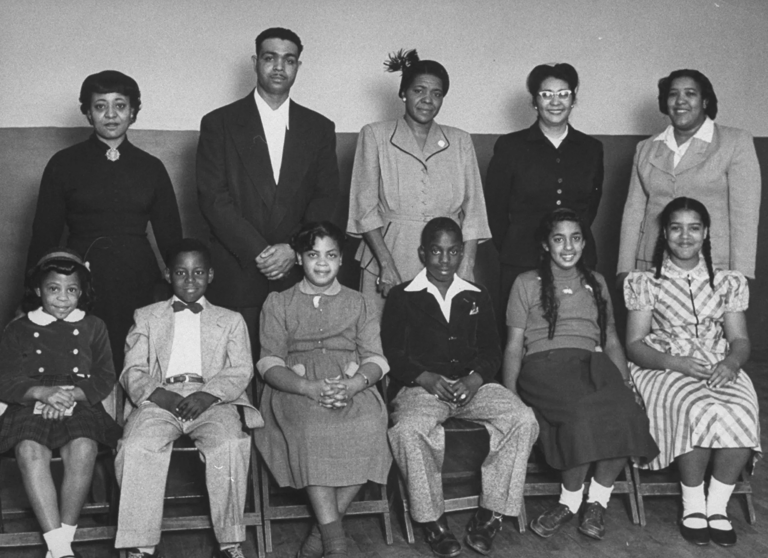
This curriculum focuses on the landmark Supreme Court case Brown v. Board of Education and the 14th Amendment to the Constitution. Designed primarily for high school students, with some lesson plans adaptable for middle school, this curriculum uses a rich array of historical documents and briefs from the Legal Defense Fund’s archives and the Library of Congress’ LDF Collection. Each lesson is carefully paired with archival materials and practical teaching tools, ensuring that educators have everything they need to bring these important topics to life in the classroom. The curriculum aligns with common standards for both middle school U.S. government and high school social studies. Dive in to explore how this curriculum can enhance teaching and engage students in meaningful learning.
Unit 1 - Introduction
In this unit, students are introduced to a foundational understanding of segregation, desegregation, the role of the NAACP, and the Brown ruling. Exploring the historical roots of segregation and desegregation requires a fundamental exploration of the ways segregation emerged and was justified as well as the strategies for building a case against segregation.
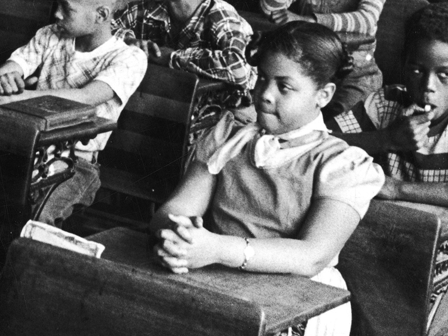
Unit 2 - Impact of Brown Decision
In this unit, students have the chance to investigate the lasting impact of the Brown decision and desegregation efforts in the United States and in their own communities. They will build spatial analysis and geographic literacy skills and a deeper understanding of the ways the legal system determines whether active desegregation efforts are needed. This unit offers a multi-disciplinary perspective, allowing students to think in and across psychology, politics, law, history, and geography.
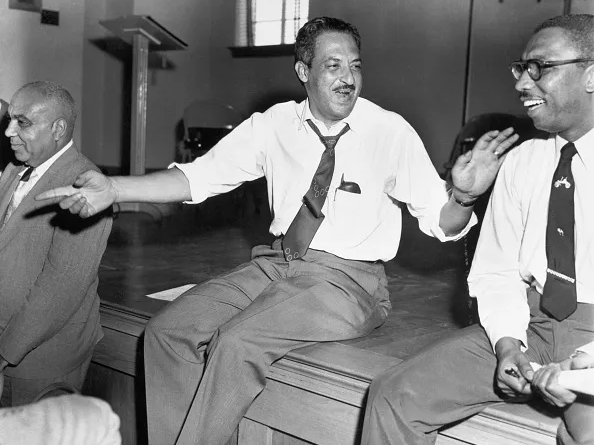
Unit 3 - The Brown Family
This unit features two key lessons exploring the life of Linda Brown and her family. This is a worthwhile distinction among the units in that students have a chance to see the role of a young person like themselves and the role she played as well as the challenges faced by her and her family. Linda Brown engaged in lifelong activism to work for desegregation and all that students might gain from an educational environment that includes a racially and ethnically diverse student body.
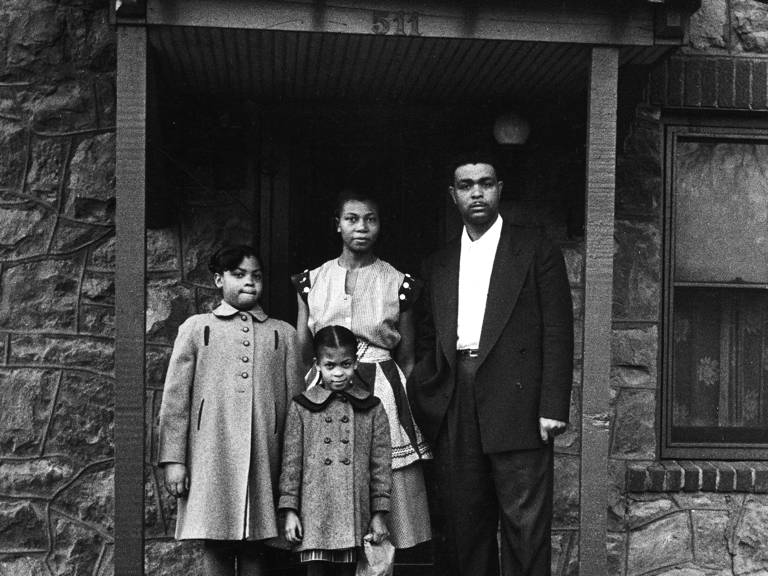
Unit 4 - Legal History
This unit supports learning about the legal process around desegregation and its history in the United States. Legal History as a unit includes a unique timeline exploration paired with the ways the Green Factors are applied in the legal system and sociological perspectives on demographic change over time.
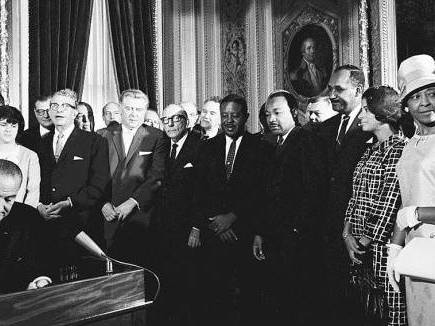
Unit 5 - Life in a Multiracial Democracy
In this unit, students are introduced to a foundational understanding of segregation, desegregation, the role of the NAACP, and the Brown ruling. Exploring the historical roots of segregation and desegregation requires a fundamental exploration of the ways segregation emerged and was justified as well as the strategies for building a case against segregation.
